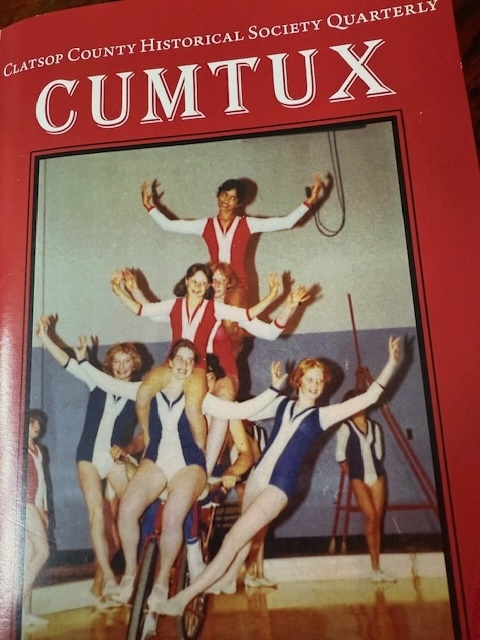Bookmonger: ‘Beacons of Liberty’
Published 9:00 am Wednesday, December 22, 2021

- This silhouette is the only surviving verified image of abolitionist and businessman Paul Cuffe.
‘Beacons of Liberty’ by Elena K. Abbott
Cambridge University Press – 304 pp – paperback $29.99
Trending
Despite being a Seattle-based author and scholar, Elena K. Abbott’s work focuses on the 19th century geopolitics of the Atlantic realm, and in particular the transnational iterations of antislavery activism.
Abbott’s recent book, “Beacons of Liberty,” shines a light on previously unsung Black freedom seekers and their white abolitionist allies. It also investigates several different examples of societies that rid themselves of the institution of slavery early in the 1800s. This instructive study drives home the sad truth that the United States was decades behind many other nations in outlawing human bondage.
Abbott begins with the story of Paul Cuffe, born in Massachusetts in the 1700s to a Wampanoag mother and a West African father who once had been enslaved. But Cuffe was born free and remained free throughout his life. He went to sea, and eventually became a widely traveled and wealthy ship captain.
Cuffe was intrigued with the concept of Sierra Leone, which since 1787 had been colonized by freed Black slaves coming first from England, and later from Nova Scotia and Jamaica.
After outlawing its own transatlantic slave trade in 1807, Britain made Sierra Leone a crown colony in order to repatriate liberated slaves and to quash further slave-exporting.
Cuffe was interested not only in establishing trade relations with the colony, but also in encouraging Black emigration from the United States to Sierra Leone. While he never saw widespread adoption of his vision, Cuffe’s activities did spark a longstanding conversation in the anti-slavery movement around whether the best solution for Black people in the U.S. would be to leave and seek “free soil” elsewhere.
Abbott traces many of the different organizations and movements that sprang up in the first half of the 19th century to grapple with the dissonance of slavery in America. The motives and goals of these players varied widely.
Some Black proponents advocated for manumission (granting freedom to slaves) and the right to live as equals in American society. Other Black activists felt that white people would never accept Blacks on an equal footing, so they advocated for founding their own free-soil havens or moving to established free-soil territories like Haiti, Canada, Liberia or Mexico.
White abolitionists also had a range of views. Some wanted Blacks to have the freedom to live side by side with whites and enjoy equal privileges with them.
Others — for example, many in the American Colonization Society — had been disquieted by the rebellion that finally won freedom for Blacks in Haiti. Consequently, many of the organization’s members wanted to proactively purge America of Black people by shipping them off to colonies in Africa and elsewhere.
“Beacons of Liberty” points out that while the U.S. shamefully clung to slavery for two or three generations longer than its neighbors, the examples that arose from the network of free-soil movements all around the Atlantic still provided inspiration and juice for antislavery activists’ ongoing struggle in America. This book places our once-junior nation in a complex international context. It is revelatory.









